You don’t have to be an expert to know that the retail industry is changing and it’s changing fast. Commerce is moving more and more online. Large anchor stores are closing. Distant malls are shuttered. Big box retail is shrinking. And property owners are struggling to fill storefronts in many places across the country.
Many places are getting left behind because they think of shops only as retail. Drive, park, shop, leave.
The places that are thriving have leaders who create “experiential retail” as a key way to stand out. In general, this term refers to a combination of stores that offer consumers a chance to experience something in addition to simply buying an object or service. Athletic shops that offer in-store yoga classes, or book stores that host readings are some common examples of experiential retail.
One type of experiential retail that you might not think of is small-scale manufacturing. The experience in this case isn’t a yoga class or book reading—the experience is seeing products being made, and connecting with the person who makes them. That can help set these retailers and spaces apart from others and create a draw that will get people out and walking around.
Burlington, North Carolina, for example, knew they wanted more experience and more energy in their downtown. So the community came together and invested in a cooperative, community-owned brewery located right in the heart of downtown. Not only will the beer be brewed locally but it’s also cooperatively owned by residents of the town. The new brewery opened in March 2019, and it’s a production and community building all in one!
Small-scale manufacturers can bring new energy to a neighborhood that needs it. These businesses can create a draw for people to come shop in person, and conduct enough of their revenue online to be sustainable during the time it takes for foot traffic to ramp up. That makes them uniquely well-suited to be the first businesses in a neighborhood as it transitions to experiential retail—and an important part of any community’s retail strategy.

